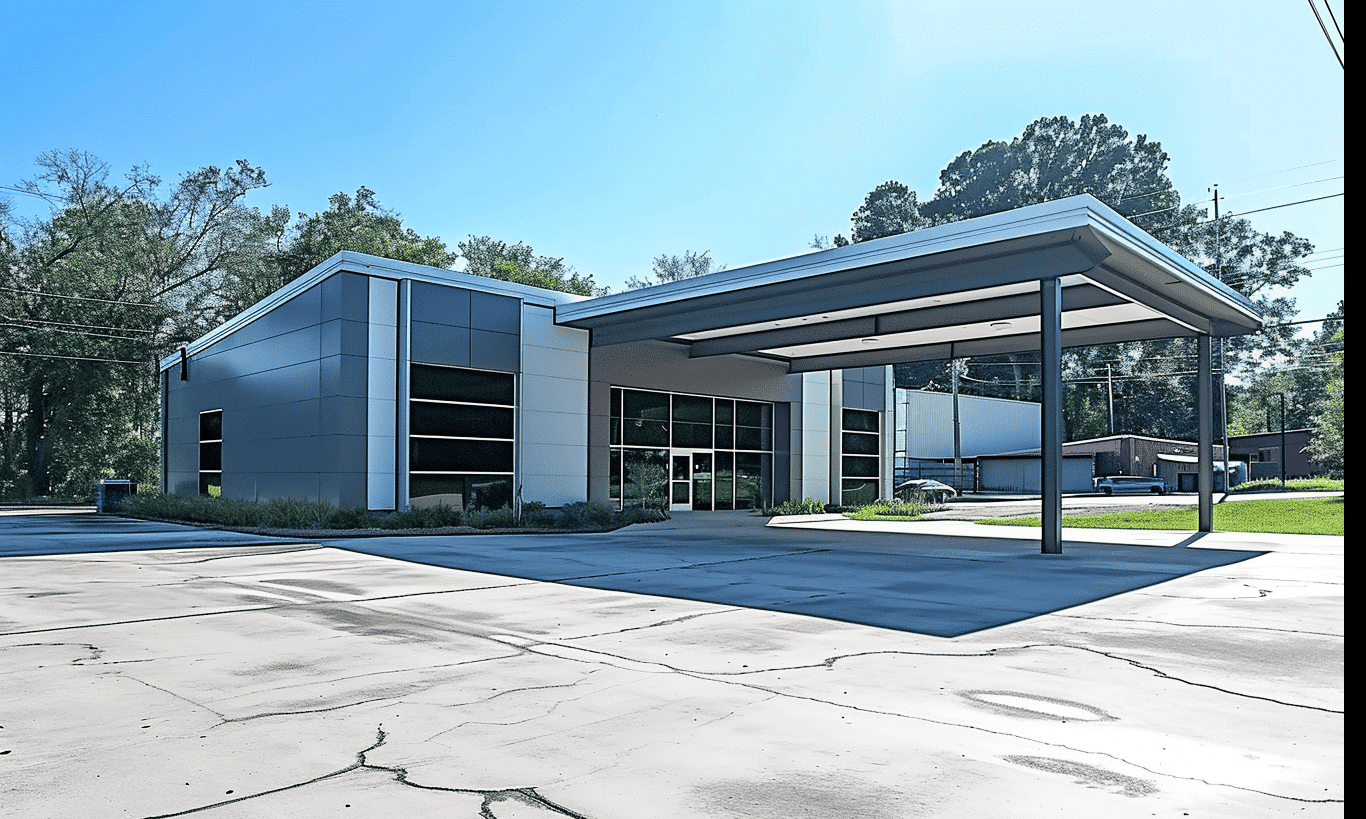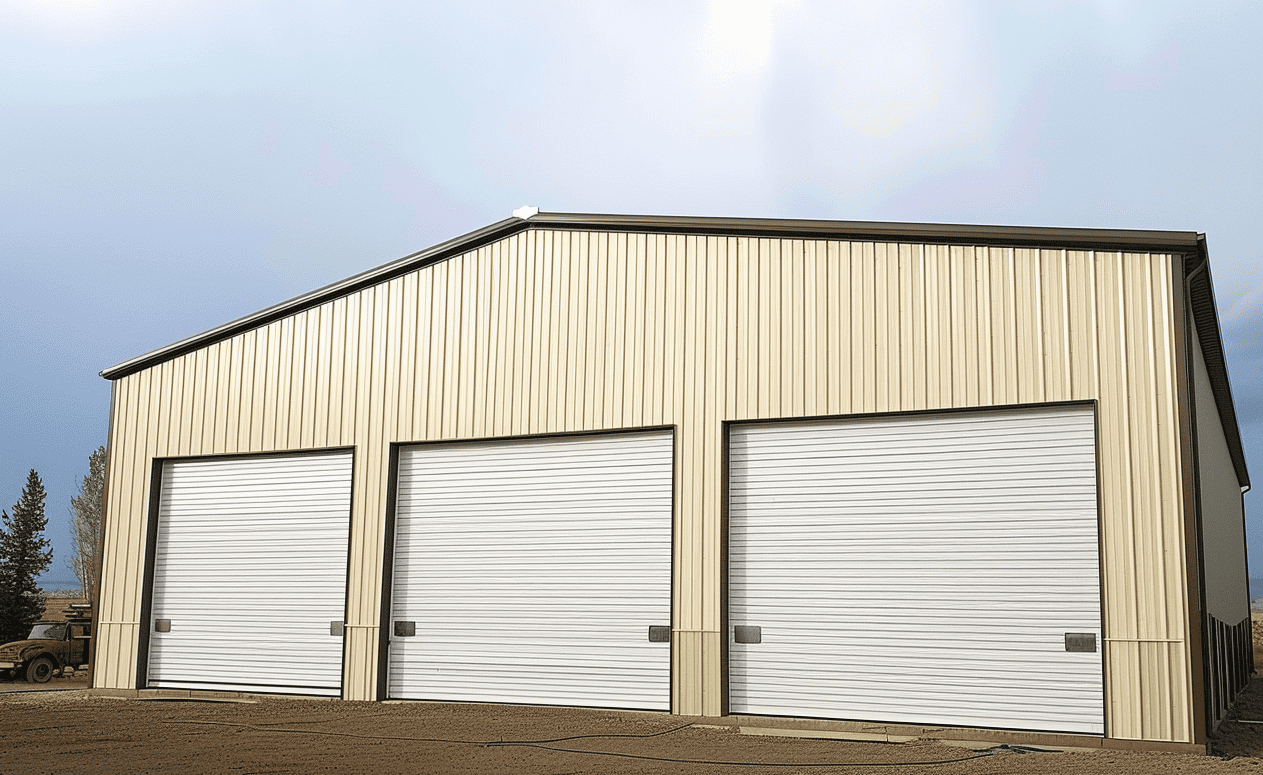Forecasting the Real Estate Market of 2025: A Window to the Future
Whether you’re an investor, a homebuyer, or a homeowner planning to sell, understanding the future of the real estate market is essential. While there are a multitude of factors that influence the health of the housing market, some distinctive trends are expected to redefine the real estate landscape of 2025.
The Re-Kindling of Real Estate
Industry insiders predict a resurgence in the real estate market by 2025, backed by significant policy reforms and plummeting interest rates that are set to ignite a spark in the industry. This prediction comes at a time when a considerable decline had been observed due to various economic constraints and the fallout from the Covid-19 pandemic.

The Driving Forces: Mortgage Reforms and Interest Rates
Experts pin these optimistic forecasts on two key factors – comprehensive mortgage reforms and declining interest rates. Mortgage reforms are predicted to unlock the barriers previously challenging potential homebuyers’ aspirations. On the other hand, decreasing interest rates are a stimulant for investment; they reduce the cost of financing property purchases, thus promoting growth in demand for real estate.
Efforts for mortgage reform have been underway for some time now with the aim of making housing more accessible, particularly to new homeowners who were previously locked out due to bureaucratic red-tape.

Stimulating the Market
The drop in interest rates is an initiative designed to jumpstart an economy extensively hit by the pandemic. This reduction translates to lower borrowing costs for homeowners and real estate investors, consequently fostering a healthy atmosphere for growth.
Construction and Real Estate Developments
The revitalized property market and the anticipated growth in demand will dictate significant developments in real estate construction. Reduced financing costs are likely to increase the demand for construction of customized buildings to suit personal and commercial needs. Prospective homeowners and commercial entities are expected to seize the opportunity pinned by low interest rates and personalized affordable steel building solutions.

The Ontario Perspective
Ontario is also likely to experience a resurge in real estate demand. Known for its bustling metropolitans and breathtaking landscapes, the province offers countless opportunities for the discerning property investor, from commercial fortresses in business hubs to tranquil eco-friendly retreats on the outskirts. The availability of steel structures for diverse commercial, industrial, and residential use in Ontario is quite promising.
Going Forward To 2025
Forecasting the dynamics of real estate is quite similar to forecasting the weather, and despite the inherent unpredictability, the outlook for 2025 looks promising. The synergy of promising reforms, dipping interest rates, and the prospects for growth in construction and real estate makes an appealing proposition indeed. In such a scenario, now might be a good time to start planning your real estate investments or sales.
One thing is certain – the real estate market isn’t just about buying or selling homes. It’s about investing in your future and realizing the potential that sits within moving bricks and mortar.
For more updates on this topic, check out the full story at this link.
What are your thoughts on the forecasted resurgence on the real estate market? Do you think mortgage reforms and lower interest rates will be enough to stimulate the market? Will this impact your property buying or selling decisions in the upcoming years? Feel free to share your insights, experiences or ask questions in the comments section.




